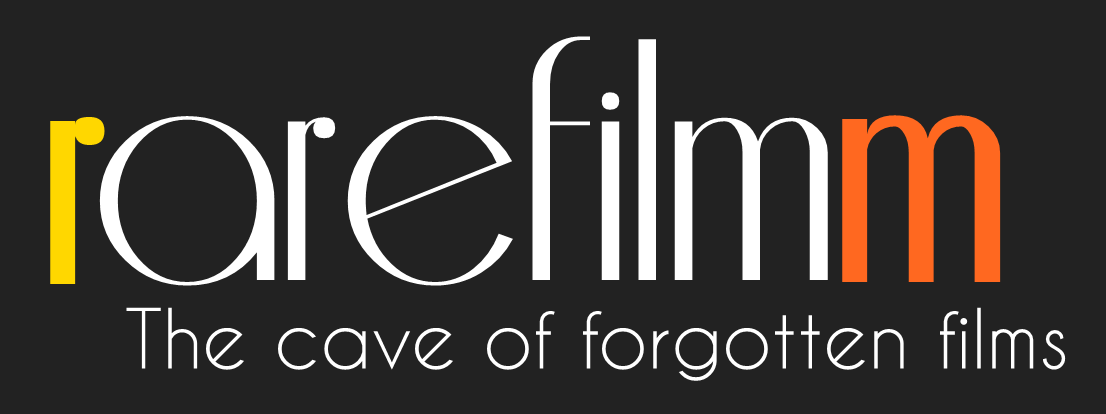In 1930s, hard-working girl Betty Boop sings at nights at her uncle Mischa’s popular NY nightclub and dreams of marrying a posh rich playboy, Waldo. Gangster Johnny “Throat” and a nice hard-working ice-seller, Freddy, also woo her.
Category: Short
John Wilson’s student film from his days at SUNY Binghamton, an important pivot away from his earlier juvenilia of self-made parodies and inquisitive pranks. In this loosely journalistic, genuinely receptive, no-frills portrait of balloon fetishists, we sense the filmmaker first discovering and cherishing what he would later describe as “that moment you try to stop giggling and get serious.”
A man wearing a mask of King Kong walks through a maze unrolling a ball of thread. Franco Brocani renewes his interest in the dens of perdition providing a free vision of the classic myth of the Minotaur. Shot in an art gallery in Rome and adapted from a story by Jorge L. Borges.
Sándor Sára’s short experimental film juxtaposes pitiful war memorials against actual footage from the First World War. Thus, by exploiting the power of montage, the absurdity of celebrating war is brought to the fore along with the tragedy of how ordinary people are manipulated by ideologies and then despatched to the slaughterhouse. Pro Patria can be viewed as the overture in Sára’s film series on war, in which he does not yet apply the medium of the ‘talking heads’ documentary but instead the montage art form in order to dig deep into the subject: the tragic truth of the individual sent off to battle.
In its mesmerizing montage of autistic children, seen at the same institution in discrete, vivid moments of repose, reverie or trance, SEULS marks an encounter at once rapturous and serene. Filmed in a luminous black-and-white evocative of an even earlier era, its subjects appear at times curious but more often merely tolerant or indifferent before the camera (its scrutinizing lens, no doubt, already a part of their monitored world). But the tacitly charged portraits prove deeply humanizing and even collaborative in their formal response to the insistent rhythms and expressions of the children, all of them very much agents in the making of this hauntingly beautiful work.
In a final act of defeat or defiance, a man builds a sinister contraption. This darkly humorous low-budget short film satirises the typical male pursuits of physical toil and precision craftsmanship. The Contraption is directed by James Dearden who would go on to write Fatal Attraction (1987) and stars The Rocky Horror Picture Show‘s Richard O’Brien.
This film is a moving blend of blues music and images recounts the journey of the millions of African-Americans who made their way from the Mississippi Delta to cities in the North during the 1930s and 1940s. It was nominated for an Academy Award for Best Documentary Short.
Britain’s first musical shot in colour and widescreen (a process called Cosmoscope) is a cabaret-style featurette centred on a group of young people in Chelsea lodgings, watched over by a fatherly caretaker. Eight specially written songs are performed by stage stars of the day – most notably Georgia Brown, who later created the role of Nancy in Oliver!

 For any questions or requests you can always find me at rarefilmm@gmail.com. Stay tuned for those new movies! Thank you once again for all the love and support and thanks a lot to everyone who keeps spreading the word about the site, the rarefilmm community is truly amazing, I'm very grateful for all your love and support
For any questions or requests you can always find me at rarefilmm@gmail.com. Stay tuned for those new movies! Thank you once again for all the love and support and thanks a lot to everyone who keeps spreading the word about the site, the rarefilmm community is truly amazing, I'm very grateful for all your love and support 
